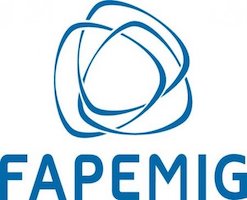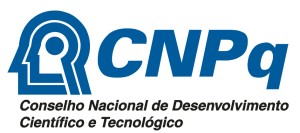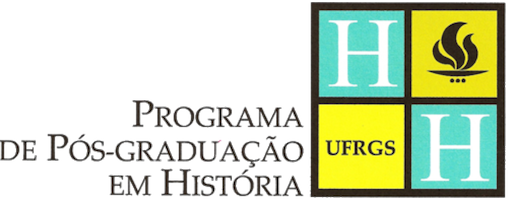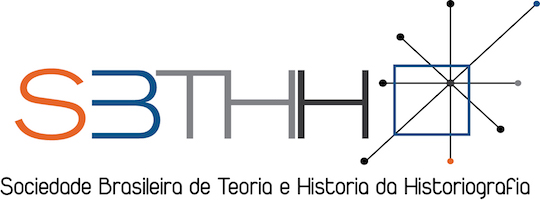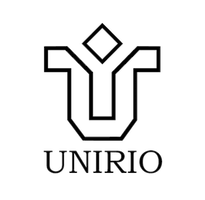Language and diversity: Images on African slavery
DOI:
https://doi.org/10.15848/hh.v0i25.1182Keywords:
Language, Slave trade, Historiography on slaveryAbstract
This paper identifies and discusses a topos that relates linguistic diversity among Africans with inability to communicate. Reports of different agents directly or indirectly linked to the slave trade on the Atlantic are analyzed, the main ones being Antonio Cadornega (História Geral das Guerras Angolanas, 1680), William Smith (New Voyage to Guinea, 1745), Theodore Canot (Captain Canot, or Twenty Years of an African Slaver, 1854), and Bernardo Cannecattim (Dicionário da Língua Bunda ou Angolense, explicada na portuguesa e latina, 1804), besides historical documentation from colonial authorities. In critical dialogue with the historiography on slave trade and slavery on the Atlantic, this paper raises questions regarding possible language policies aimed at slavery, representations on linguistic diversity, the role of interpreters and mediators, and, more broadly, the nexus between the enslavement of Africans and issues on language and communication
Downloads
Downloads
Published
How to Cite
Issue
Section
License
Authors hold the copyrights to the manuscripts submitted. História da Historiografia: International Journal for Theory and History of Historiography is authorized to publish the aforementioned text. Authors are solely responsible for data, concepts and opinions presented in the papers, along with the accuracy of document and bibliographical references.

This work is licensed under a Creative Commons Attribution 4.0 International License.











